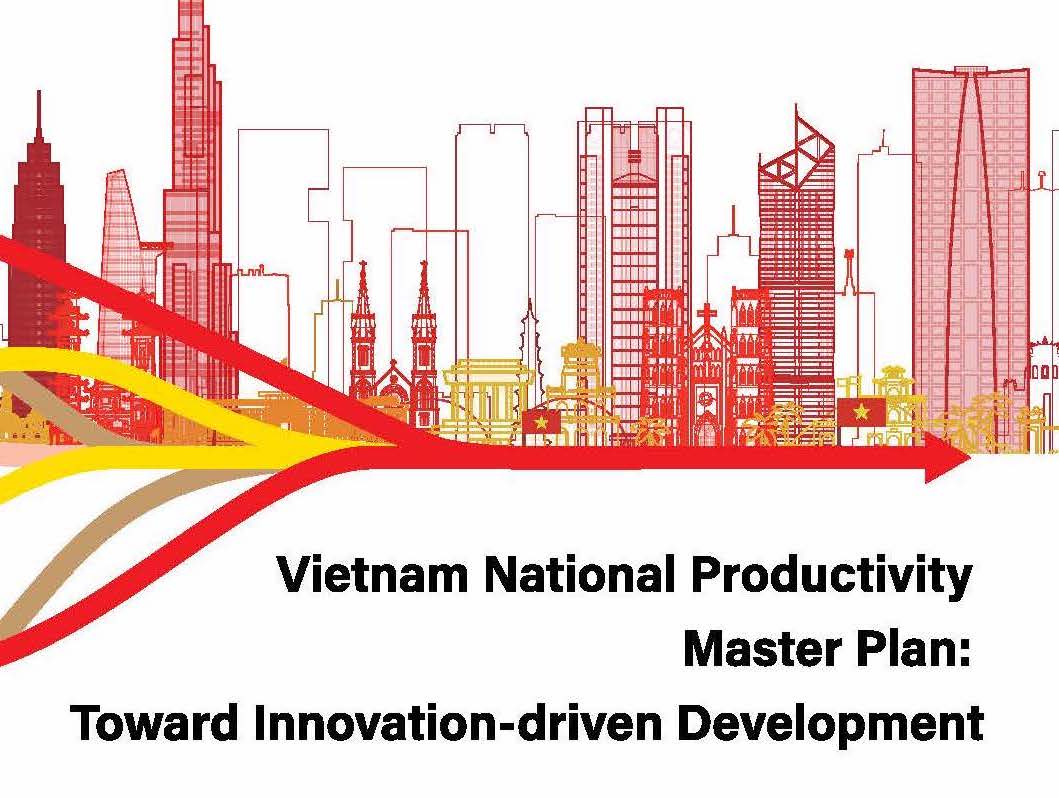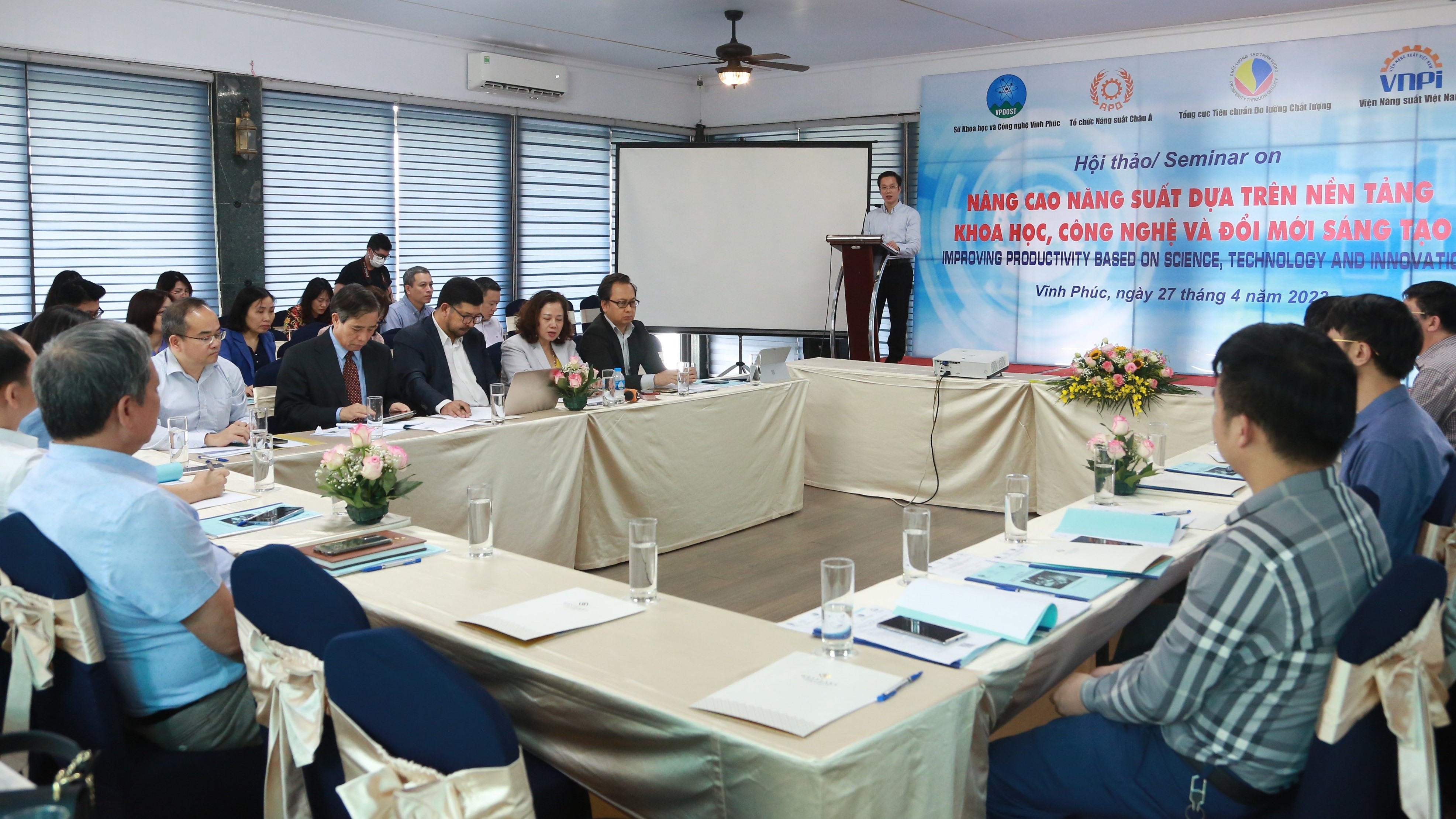
Select Page

Since the launch of economic reforms in 1986, Vietnam has undergone significant changes, transforming into a vibrant, globally integrated economy. Under the guidance of the 12th National Congress of the Communist Party of Vietnam (CPV) in 2016, the nation has taken major steps to deepen its economic reforms, resulting in an increased GDP growth rate from an average 6.1% in the 2012–15 period to 7.0% in 2016–19. During the challenging years of the COVID-19 pandemic, Vietnam demonstrated resilience by maintaining positive economic growth and emerging even stronger from the crisis, with 8.02% GDP growth in 2022 and projected growth rates of 6.3% in 2023 and 6.5% in 2024.
Vietnam has set its sights on becoming a developed nation by 2045, when the country will celebrate the 100th anniversary of independence. This vision, which was first publicized in CPV resolution No. 23-NQ/TW issued on 22 March 2018 and reaffirmed in the CPV’s 13th National Congress held in January 2021, has become the primary guideline for the government’s development plans for up to 2030 and 2045.
Nevertheless, Vietnam’s journey to prosperity still faces significant challenges. While developing countries can move from low-income to middle-income status through essential economic reforms such as trade liberalization, embracing globalization trends, modernizing infrastructure, and investing in human capital development, it is much more difficult for a country to escape the middle-income trap and transition from middle-income to high-income status.
Recognizing the pivotal role of productivity growth in socioeconomic advances, especially in the era of the Fourth Industrial Revolution, the Vietnam government has put significant emphasis on innovation. In Directive No. 07/CT-TT dated 4 February 2020 on solutions to raise national labor productivity, the Prime Minister directed the Ministry of Science and Technology to develop and submit a National Master Plan for Productivity Enhancement based on science, technology, and innovation.
To help Vietnam in developing its National Productivity Master Plan, the APO extended assistance in policy consultancy through its Specific National Program (SNP).
The relevance and robustness of the master plan did not go unnoticed, as it garnered high-level endorsement and support. This was exemplified by the Prime Minister’s approval of the master plan and signing of Decision No. 36/QĐ-TT on 1 November 2021. That milestone demonstrated not only recognition of the master plan’s potential but also the nation’s steadfast commitment to raising the standard of living through productivity enhancement and socioeconomic growth.

Subsequently, the Prime Minister (center R) hosted a visit by APO Secretary-General Dr. Indra Pradana Singawinata (center L), when several follow-up actions were discussed. One of those was the recommendation to enhance the institutional capacity of the Vietnam National Productivty Institute (VNPI) as the leading productivity organization in the country and facilitate synergy with other key institutions in achieving the productivity goals and targets set in the National Productivity Master Plan.
In 2022, the APO continued its support to the VNPI, offering detailed recommendations on strategies, organizational structure, infrastructure, funding models, staffing, governance, leadership, human resources, services and programs, operations, and systems. The resulting roadmap, known as the VNPI’s Intitutional Capacity Development Plan, also incorporated benchmarking against advanced NPOs to provide a clear illustration of achievable progress.

The APO and VNPI worked collaboratively to ensure that the policy recommendations were collectively owned, embraced, and driven forward by all segments of society. Active dissemination and coordination with diverse stakeholders were undertaken to enable productivity initiatives to reach all parts of the country.
Furthermore, the government recognized the importance of measurement in gauging the success and momentum of the productivity movement. Hence, productivity was established as one of its national key performance indicators (KPIs).
A general formula for productivity-led growth is the institutionalization of productivity enhancement within the overall development policy and the easing of institutional constraints. While the road ahead is still long, the partnership between the APO and Vietnam serves as a testament to what can be achieved when vision, collaboration, and commitment converge. Vietnam’s productivity journey is an inspiration for others, as it showcases the the tangible evidence of the centrality of productivity being incorporated in the national planning agenda.
Source: The APO Footprint: Mapping Success One Step at a Time